



By Alffie
When my countrymen, and Africa’s only Boy Band (I dare anyone to show any other 🤣) – Sauti Sol, came to launch the Castel Beer at Sunbird Capital hotel, it was dubbed the “African Print Party”, and I started wondering what I was going to adorn myself in.

Being from East Africa, Kenya to be specific, I thought my “Me I Love Kenya” top would work just fine but this African print thing was still bothering me. I suggested to one of my partners in dance crimes, that I would have on my Maasai shuka/blanket to represent where I am from.
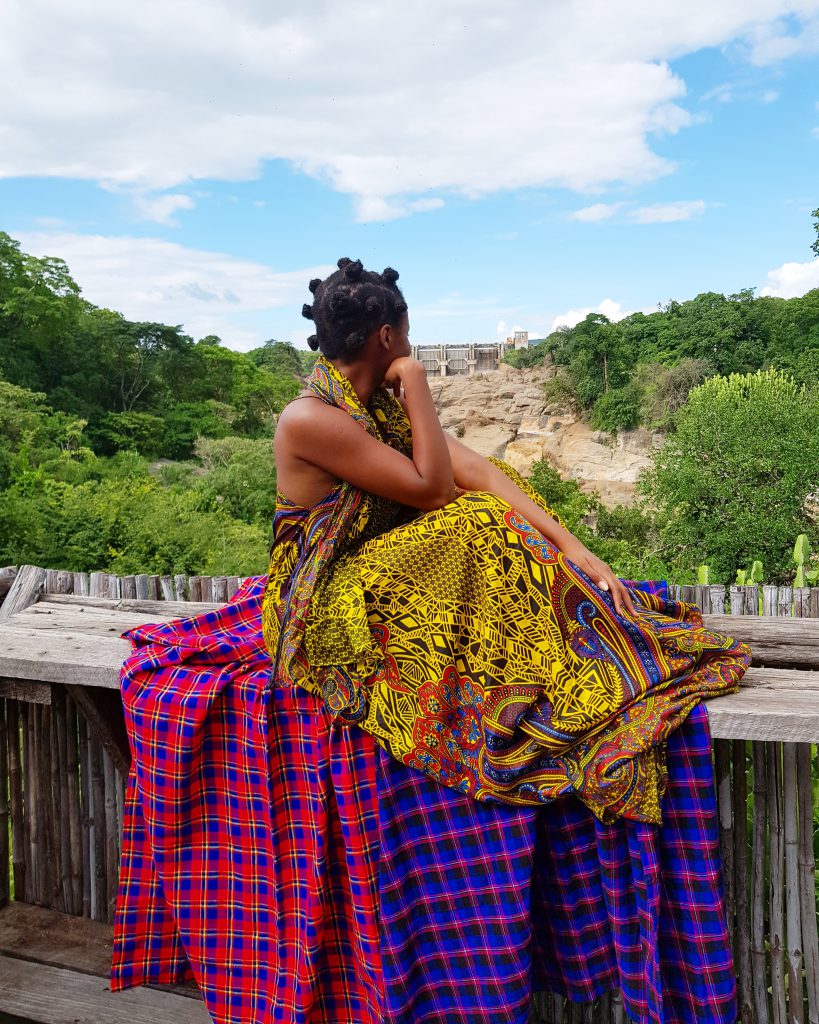
She was taken aback, and playfully responded:
African print = Chitenje (or as we call it in East Africa “Kitenge”)
That was when I started to seriously ask myself, “What really is African print?”
In a last ditch to up my African Print look, I reached out to the king of urban African Print in Malawi, Mr. Nyaliwear himself KBG but it was too short notice.


With that option out, I fell back to my only African print thing, just as mild adherence to expected dress code requirements.
At the event, that question kept smacking my face, as I saw A LOT of different designs, and colors – which, don’t get me wrong were as beautiful as the people wearing them.
But what is African Print?

As I address this issue, I should be clear that I am not attempting to imply that the Ch(k)itenje touch is NOT an African print. I am merely wondering why we most times assume that it is the ONLY idea of African Print there is.
The history of Ankara prints themselves is amusing. The Kitenge cloth has been made popular by West African countries, like Ghana, Nigeria and Senegal; but the cloth is not originally from any of the above countries.
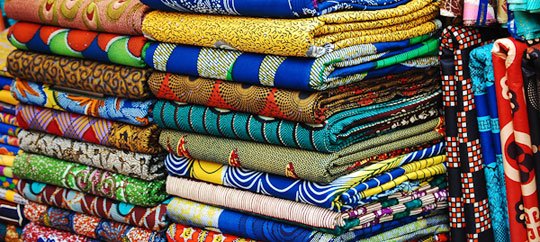
Yinka Shonibare, a well-known Nigerian artist, whose work focuses on these prints, said that these fabrics are not really authentically African.
History serves, that in the Dutch East Indies, now Indonesia, locals were using the basic technique of wax-resist dying to create batik. In the mid-19th century, these handmade textiles attracted West African men who were enlisted by the Dutch to boost their army in Indonesia.
These men, some of them slaves and mercenaries, brought these textiles back to their home countries. The Indonesian batik suddenly caught on with many in West Africa.
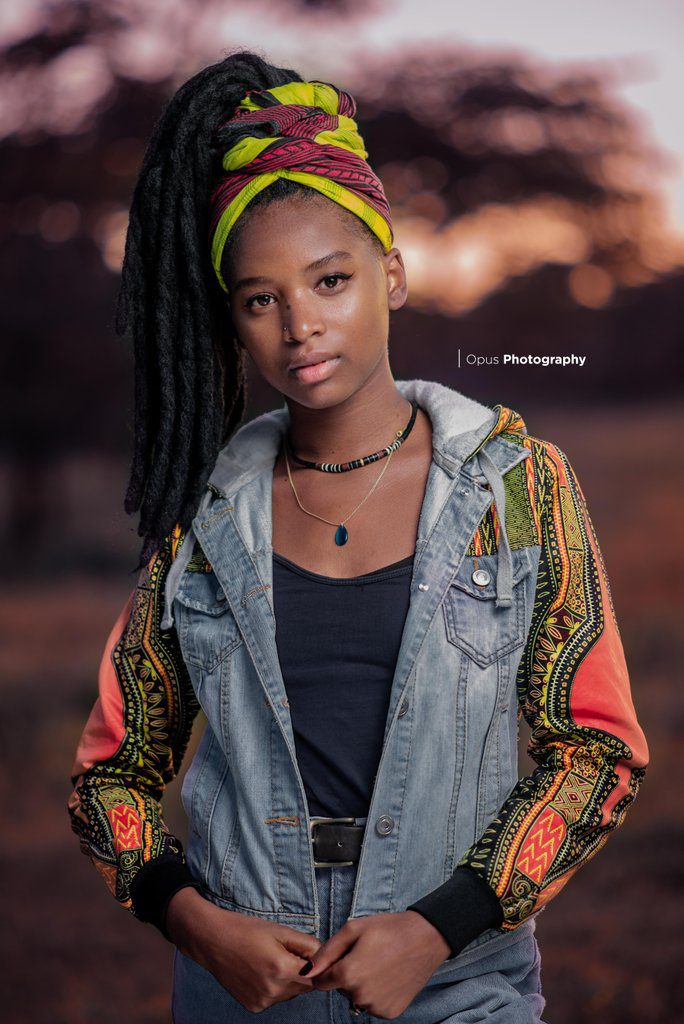
Meanwhile, the Europeans were also beginning to come out with ways to manufacture their own versions of batik. Their aim was to flood the Indonesian market with their own machine-made version which of course will be cheaper than the handmade ones.
They were able to achieve this at the end of the 19th century when a Belgian printer developed a method for applying resin to both sides of a cotton cloth.
The machine-made versions produced some imperfections which did not please the Indonesian market. The Dutch, then, had to look for a new market; and they turned to West Africa. Interestingly, the West Africans did not see any big deal with those imperfections, and adopted the Indonesian-inspired fabric as their own.

Noting that African Print as is, is an offshoot of Ankara & Dutch wax which is predominantly West African, what of other parts of Africa? Can I have designs inspired by the East African Maasai be labelled African print? What of the Tswana blankets , the Ethiopian signature cloth?

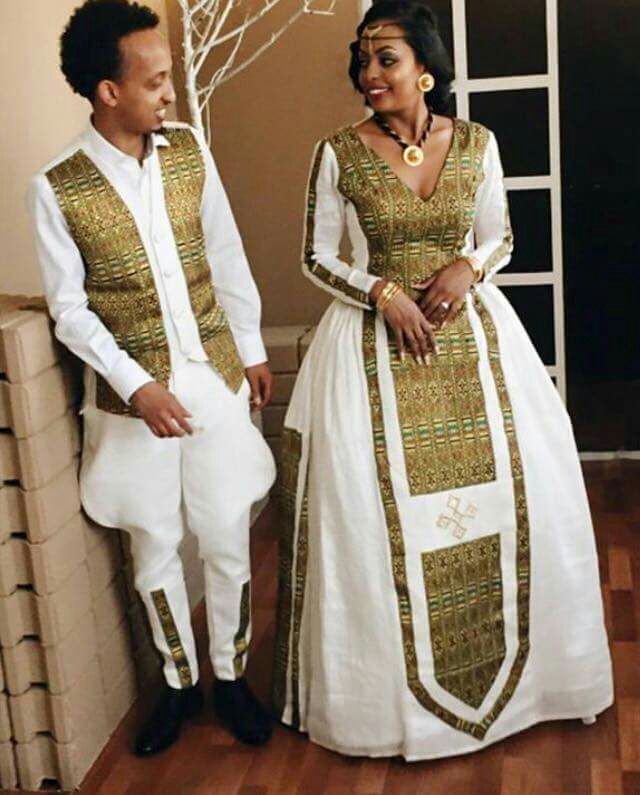
I suppose what I am driving at is simply this – let’s not limit the African Print to the Ankara & Dutch Wax prints because Africa is so diverse, and so is the fashion appeal. There are 54 countries in Africa, by my last count, and nearly all have a thing, or 2 to tell us about fashion and appreciation of culture.
African print, to me, is the love for color, warm and lively colors. A reflection of the African spirit of almost eccentric and definitely regal expression of the self.
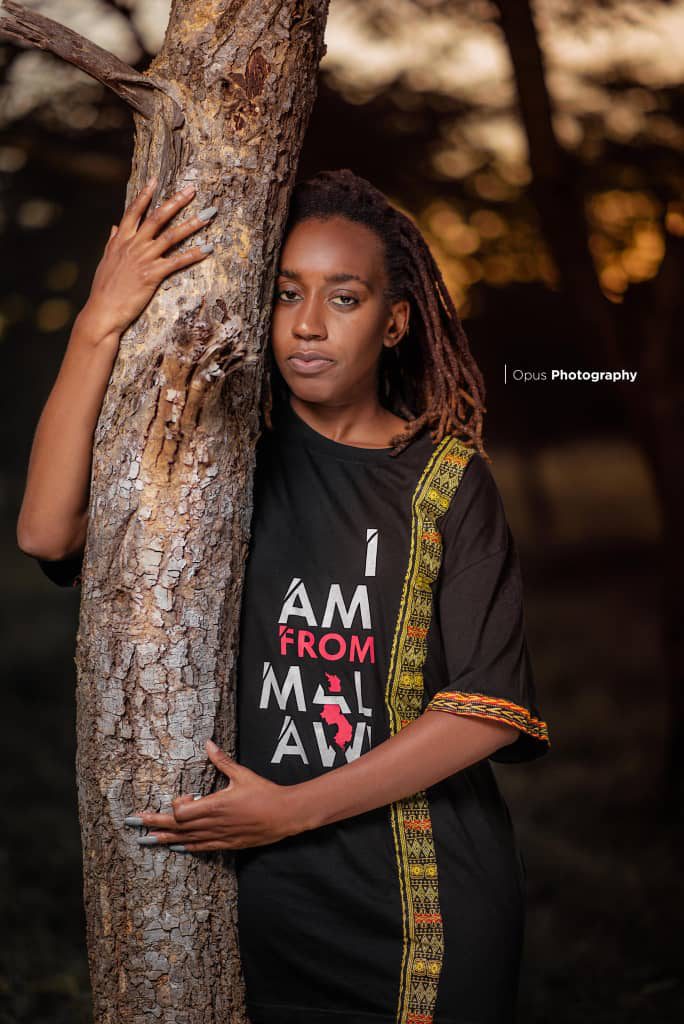
It’s a big risk, but the next time that call is made, ask yourself:
What else, aside from this Ankara look, can I show up in? Do that and glow!
Let Africa be born in you!
History of the Ankara fabric Credit: Face to Face Africa
– Alffie